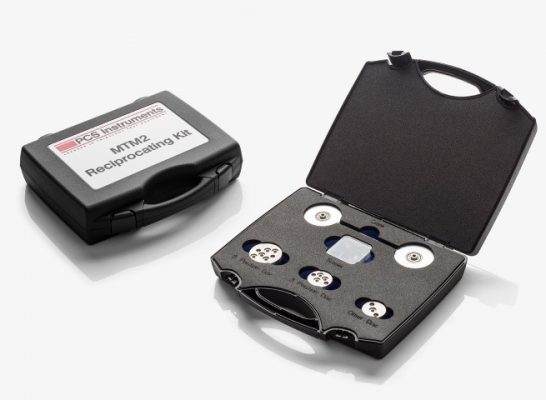
MTM Reciprocating Option
For some applications particularly when studying the behaviour of a lubricant under dynamic conditions an oscillating motion is more representative than a continuously rotating disc. The reciprocating option changes the rotation of the disc (lower specimen) into a reciprocating cycle, expanding the range of test conditions available on the MTM2.
With the reciprocating option the disc can be oscillated at very low frequencies, from 0.1 to 20 Hz. Such low frequencies of oscillation can create very severe contact conditions and therefore accelerated wear. This can be very useful when evaluating the anti-wear properties of lubricant and additive packages. The MTM2 reciprocating option offers many advantages over the conventional reciprocating ball-on-disc test. The ball can either be stationary as in the conventional test or have a unidirectional rotation. When the ball rotation is combined with the oscillating disc a number of unusual dynamic motions can be simulated.
A typical example is simulating the motion found between a cam and follower.
Please see the link below for more information.
